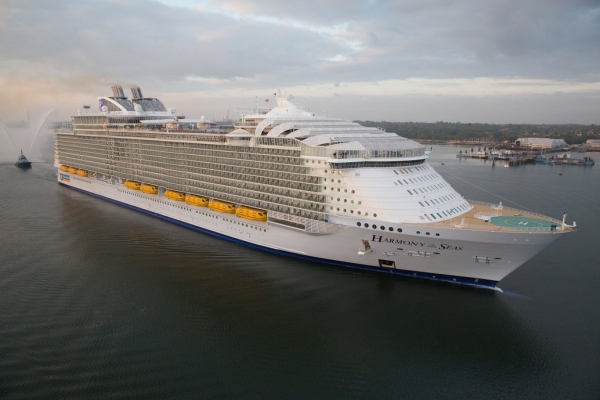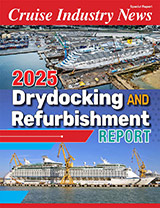g src=”/wp-content/uploads/other/rsz_harmony4.jpg” alt=”Royal Caribbean: Q1 Earnings Call Commentary” width=”800″ height=”533″ style=”padding-right: 10px; display: block; margin-left: auto; margin-right: auto;” />
The only negative aspect on Royal Caribbean’s earnings call today was the issues between China and Korea which have impacted Chinese demand, according to Richard Fain, CEO and chairman, speaking on today’s earnings call. But switching to Japanese ports is bringing demand back to previous levels, he added.
Meanwhile, the softness in China has been offset by strong demand for cruises elsewhere, including Europe, Alaska and the Caribbean.
Demand for Europe has been particularly strong from North America, Fain said, with bookings and pricing ahead of last year. While there is also strong demand in Europe, he said, with less capacity left to sell, the passenger mix will be dominated by Americans, who book further out, and also tend to spend more aboard.
Alaska is expected to outperform last year’s record season, and the Caribbean is also expected to perform above last year’s levels.
With 20 percent of the capacity in the Asia/Pacific region, Fain said bookings there are also nicely higher than last year and noted that Australia is doing well despite more capacity.
Putting the new Quantum-ultra class ship in the region in 2019 and pulling out the Mariner does not mean reduced demand in the region, according to Michael Bayley, president and CEO of Royal Caribbean International, who said the plan was to move the Mariner out all along.
Commenting on the increased onboard spend, Jason Liberty, senior vice president and CFO, said that shore excursions and internet use were driving the increase along with more pre-cruise sales and packaging. Bayley added that there is a switch to more experience-related spending.
Looking forward, Fain commented on the new Celebrity Edge-class of ships, which he said will have double the number of suites, which, he pointed out, passengers pay more for. Standard verandah cabins will also be 23 percent larger, which will also translate into a yield premium.




